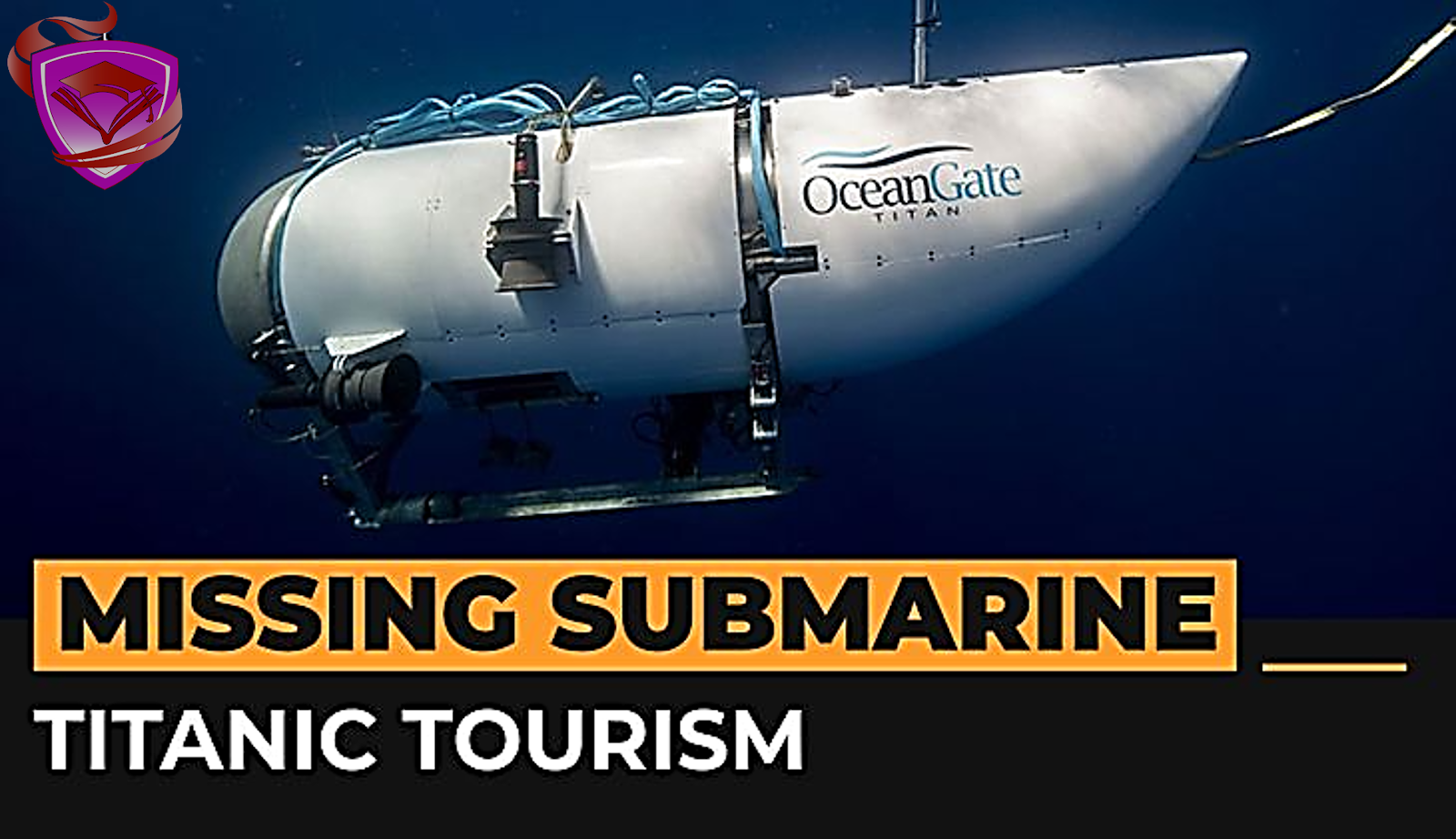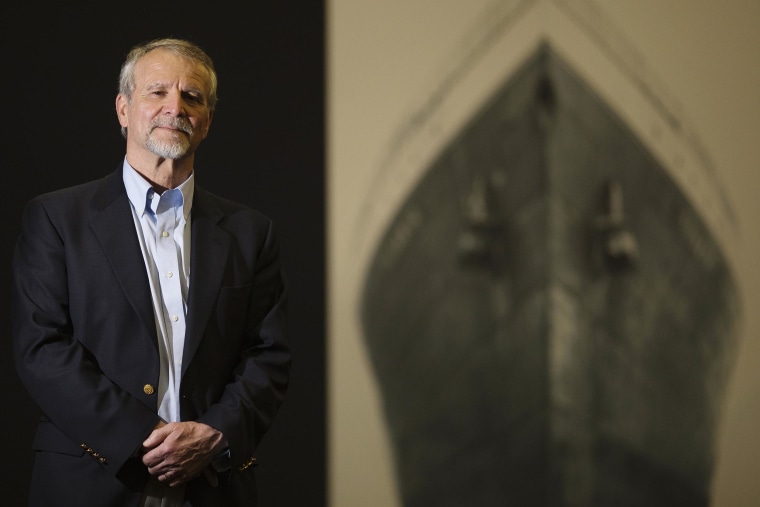
OceanGate's Titan Submersible
The Titan submersible is a five-person research and survey submersible designed to dive to depths of 13,123 feet (4,000 meters) and travel at 3 knots (3.5 mph, or 5.6 km/h). It is 22 feet (6.7 m) long and weighs 23,000 pounds (10,400 kilograms).
Advanced Features
- A real-time hull health monitoring system that can detect any changes in the pressure boundary of the submersible and alert the pilot to potential problems.
- A large viewport that provides the crew with a panoramic view of the underwater environment.
- A manipulator arm that can be used to collect samples or perform delicate tasks.
Additional Details
- It is powered by two electric motors that provide a top speed of 3 knots.
- It has a cruising range of 10 hours.
- It is equipped with a variety of sensors, including cameras, sonar, and a magnetometer.
- It is certified to dive to depths of 4,000 meters, but it has been tested to depths of 5,000 meters.
The Titan has been used on a number of research expeditions, including a 2018 mission to the wreck of the Titanic. In June 2023, the Titan was lost in the Atlantic Ocean while on a dive to the Titanic. All five people on board were killed.
The Titan is a valuable asset for ocean exploration, and its loss is a major setback. However, the lessons learned from the Titan's demise will help to improve the safety of future submersible missions.
Titan Submersible Accident
On June 23, 2023, the Titan submersible was lost in the Atlantic Ocean while on a dive to the Titanic. All five people on board were killed.
- Hamish Harding (58 years old) was a British businessman and philanthropist. He was a keen diver and had visited the wreck of the Titanic on several occasions.
- Shahzada Dawood (48 years old) was a British-Pakistani businessman and philanthropist. He was passionate about ocean exploration and had funded several research expeditions.
- Suleman Dawood (19 years old) was the son of Shahzada Dawood. He was a student at the University of Cambridge and was interested in pursuing a career in ocean exploration.
- Paul-Henri Nargeolet (77 years old) was a French oceanographer and renowned Titanic expert. He had visited the wreck of the Titanic dozens of times and had written several books about it.
- Stockton Rush (61 years old) was the CEO and founder of OceanGate Expeditions, the company that operated the Titan submersible. He was a former Navy SEAL and a veteran of deep-sea exploration.


The five people on board the Titan submersible were all experienced and qualified professionals. Their deaths were a tragic loss to the ocean exploration community.
The cause of the Titan submersible accident is still under investigation. However, it is believed that the submersible suffered a catastrophic implosion due to the immense water pressure at the depth it was operating.
The Titan is a significant technological achievement, and its loss is a major setback for the exploration of the deep ocean. However, the lessons learned from the Titan's demise will help to improve the safety of future submersible missions.






0 Comments